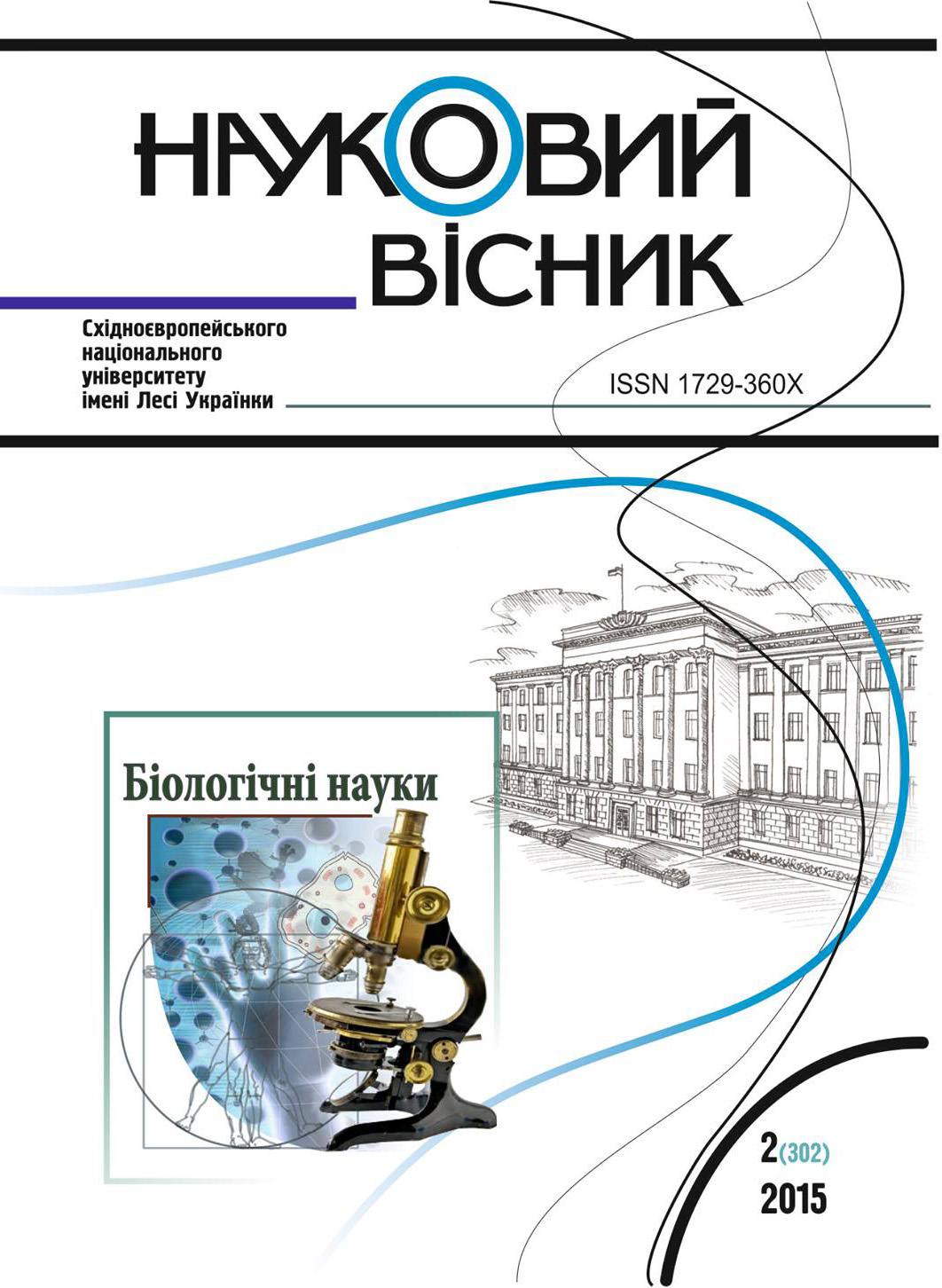Autonomic Nervous System State at Junior Students
DOI:
https://doi.org/10.29038/2617-4723-2015-302-169-173Keywords:
autonomic nervous system, students, morning exercises, physical activities, the computerAbstract
Investigation of an autonomic nervous system state and questioning of junior students of medical academy have been carried. The majority of indicators of autonomic nervous system state at young men and girls had no statistically significant differences.
Abnormalities of autonomic nervous system state indicators were observed often. Various manifestations of autonomic dysfunction were observed at 68,2 % of interrogated students. Disorders of autonomic regulation are accompanied by decrease in adaptable ability, but the adaptable potential index in all students was in normal range. Both activation of parasympathetic influences and tension of sympathetic mechanisms of regulation with centralization of a heart rate regulation were observed at students also. Total duration of additional physical training and morning exercises were the highest at students with autonomic balance and parasympathetic predominance within the limits of norm, and the lowest total duration was in group with sympathetic predominance. Intensive doing sports, regular and long morning exercises promoted optimization of some indicators of ANS state. The regular and long morning exercises have appeared an especially effective method of normalization of the cardiovascular system autonomic regulation estimated by Kerdo vegetative index.
The relatively long use of low doses of alcohol and increase in duration of time spent in sitting posture promote increase of an initial autonomic tone. These effects were observed on background of low consumption and relatively short time of alcohol intake. Reduction of a night sleep is negatively reflected in adaptable ability of an organism. Correlations with the experience of regular alcohol intake, operation time of the computer and with a number of alimentary factors were observed.
References
2. Артеменков А. А. Динамика вегетативных функций при адаптации к физическим нагрузкам / А. А. Артеменков // Теория и практика физической культуры, 2006. – N 4. – С. 59–61.
3. Баевский Р. М. Прогнозирование состояний на грани нормы и патологии / Р. М. Баевский. – М. : Медицина, 1979. – 324 с.
4. Баевский Р. М. Математический анализ сердечного ритма при стрессе / Р. М. Баевский, О. И. Кириллов, С. З. Клецкин. – М. : Наука, 1984. –221 с.
5. Березин Ф. Б. Психическая и психофизиологическая адаптация человека / Ф. Б. Березин. – Л. : Наука, 1988.– 270 с.
6. Физиологические методы контроля в спорте / [Л. В. Капилевич, К. В. Давлетьярова, Е. В. Кошельская и др.]. – Томск : Изд-во Томс. политех. ун-та, 2009. – 172 с.
7. Осадчая Е. А. Особенности адаптации студентов к учебному процессу в зависимости от психофизиологического статуса : автореф. дис. ... канд. биол. наук / Е. А. Осадчая. – Орел, 2004. – 29 с.
8. Особенности функционального состояния центральной нервной системы студентов в процессе учебной деятельности / Т. В. Челышкова, Н. Н. Хасанова, С. С. Гречишкина, А. А. Намитокова [и др.] // Вест. Адыгей. гос. ун-та. Серия 4: Естественно-математические и технические науки.– 2008.– № 9.– С. 71–77.
9. Чмиленко В. И. Системный анализ динамики уровня здоровья студентов: автореф. дис. … канд. биол. наук / В. И. Чмиленко. – Тула, 2005.– 26 с.
10. Шверина, Т.А. Влияние рейтинговой системы обучения на функциональное состояние организма и профессиональное здоровье студентов / Т. А. Шверина, Н. П. Косарева, Л. Г. Амбарцумян // Вестн. ТвГУ. Серия: Биология и экология. – 2005. – № 1. – С. 46–50.
11. Шверина Т. А. Образ жизни и питание студентов / Т. А. Шверина, Т. А. Щепликова // Физическое воспитание и здоровый образ жизни учащейся молодёжи.– Тверь, 2000. – С. 98.
12. Maaros J. Anthropometric indices and physical fitness in university undergraduates with different physical activity / J. Maaros, A. Landor // Anthropol. Anz. – 2001. – V. 59, N 2. – P. 157–163.





